How to clean concrete statues – get ready for mild spring days with more time spent outdoors
Simple steps to spotless statues
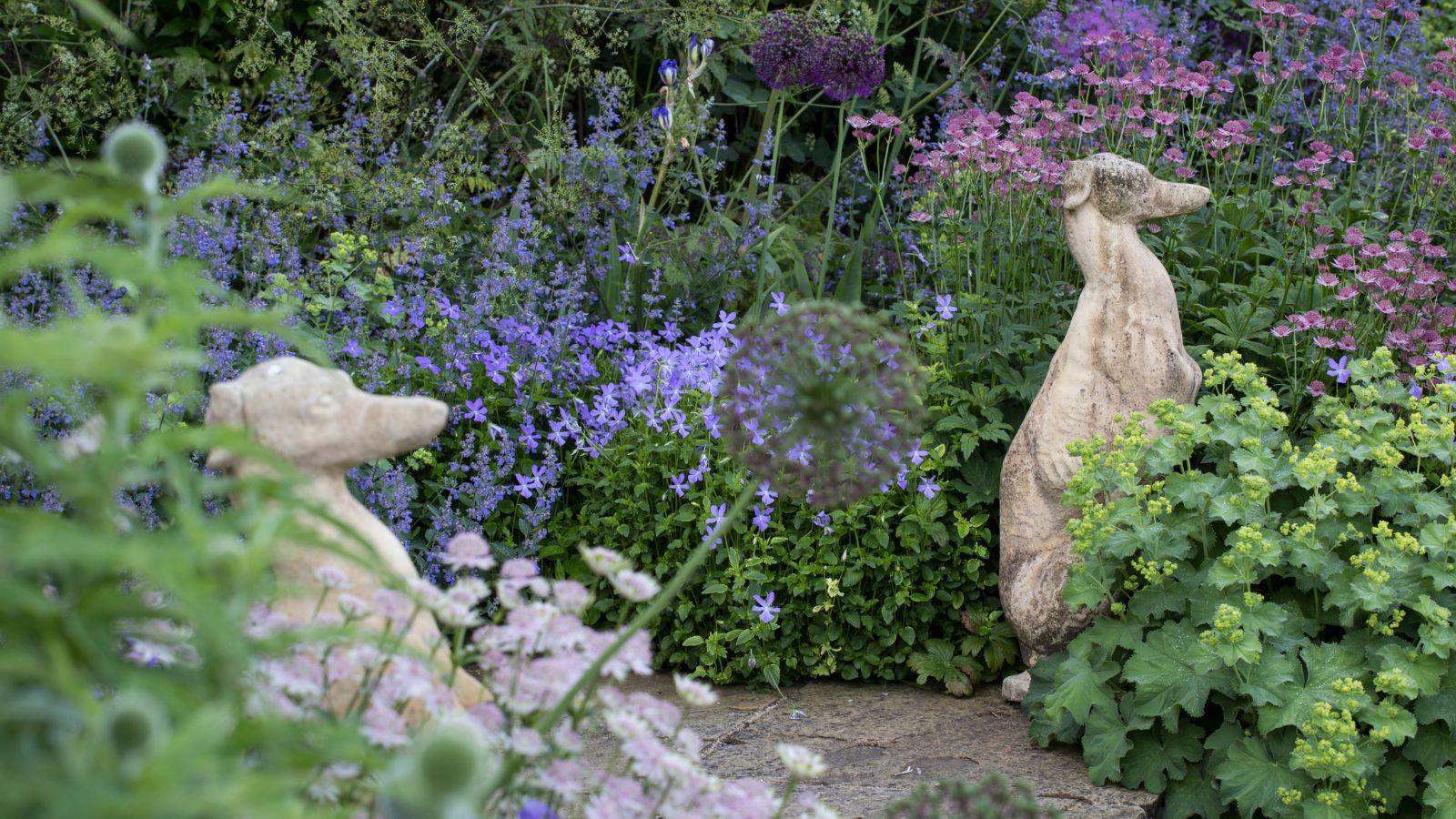

Concrete statues, sculptures and birdbaths are a beautiful way to introduce a touch of personality and flair into your outdoor spaces. But, just like your outdoor furniture and fences, these require maintenance and upkeep to keep them looking their best.
So, how do you clean concrete statues? Here, cleaning experts share their cleaning tips for washing away the winter weather and making your statues look as good as new, just in time for the start of spring.
How to clean concrete statues like a pro
Before you can begin to clean and refresh your yard art ideas for the new season, it's best to gather all your cleaning supplies first. You will need:
- A soft bristled brush or sponge such as the Mothers Soft Bristle Cleaning Scrub Brush available at Amazon
- A mild detergent: You can use either mild dish soap, such as the Seventh Generation Dish Soap Liquid Free & Clear available at Walmart, or pH-neutral stone cleaner
- A bucket of warm, clean water
- A garden hose on a low-pressure setting
- White vinegar: such as the Great Value Distilled White Vinegar available at Walmart for algae or mildew stains
- Concrete sealer which is optional, but helps protect from future buildup
Step 1: Brush off loose dirt and debris
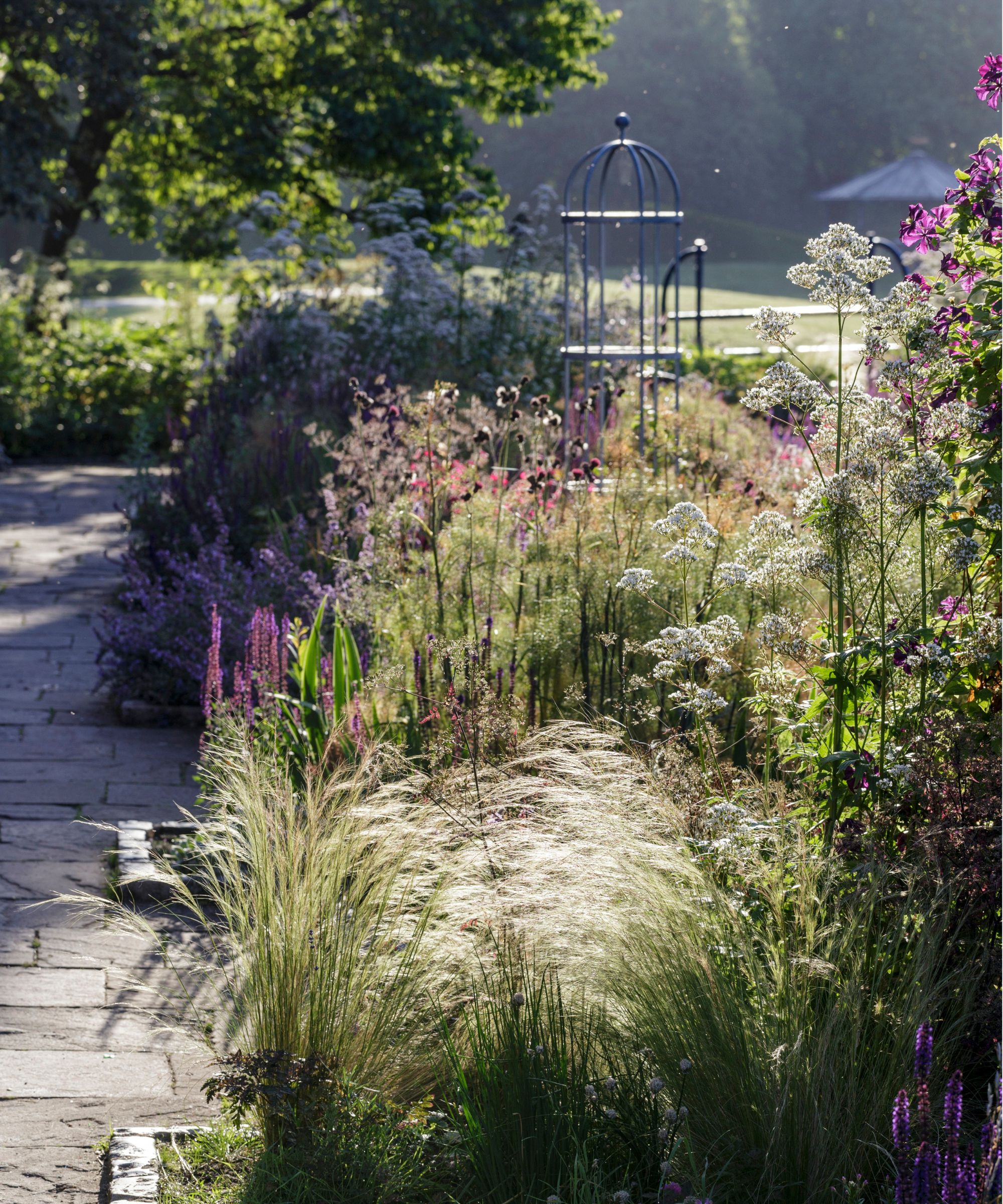
Start by removing loose debris and dirt.
Over winter, it's likely that bad weather conditions have left your concrete statues looking worse for wear. Begin by brushing off this loose dirt and debris.
Following the same theory as the dry/damp cleaning rule, Karina Toner, cleaning expert and operations manager at Spekless, recommends, 'Use a soft brush before adding water, to prevent turning dust into mud.'
All prices are correct at the time of publication.
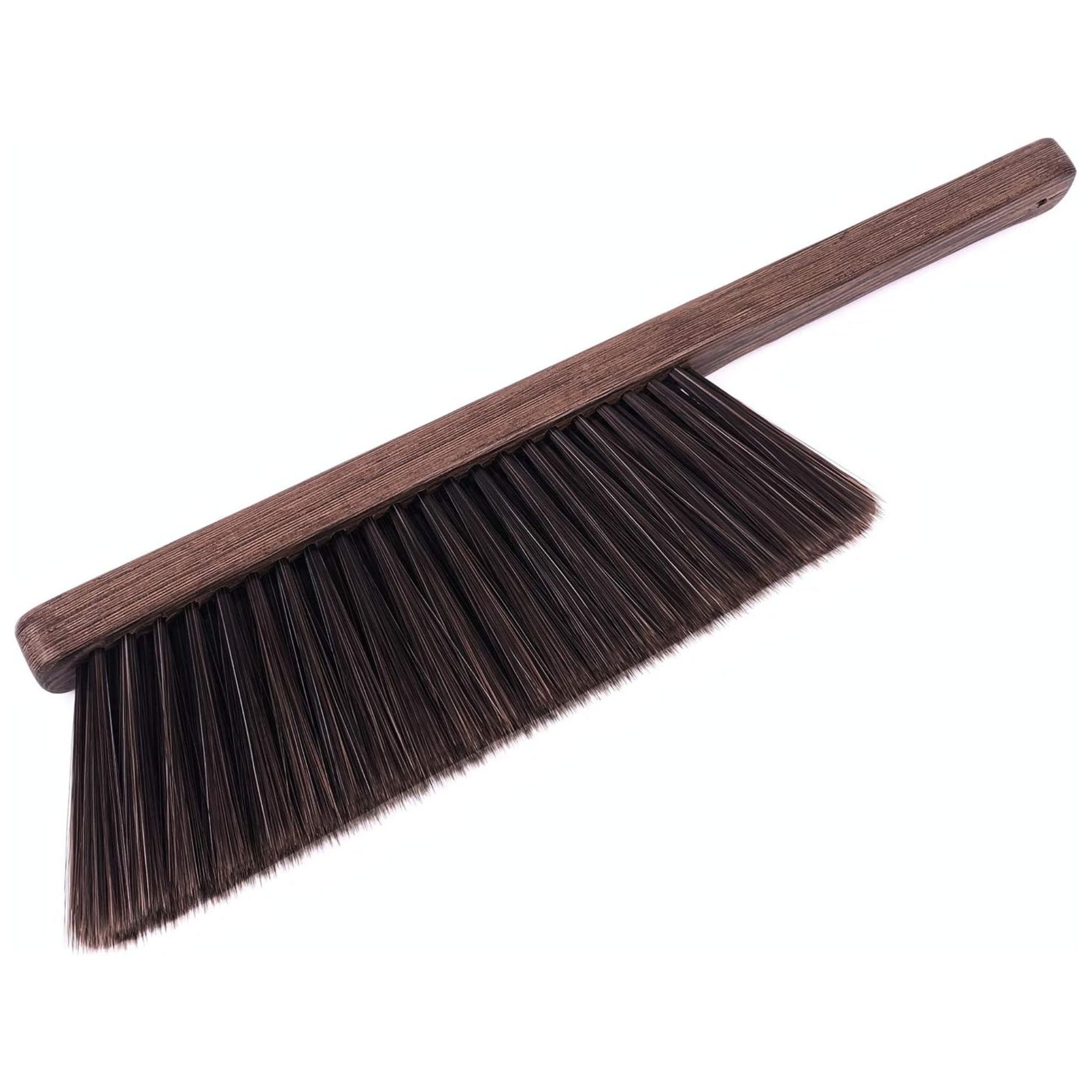
This wooden, soft-bristled brush is durable and lightweight, and can be used for cleaning both inside and outside the house.
Step 2: Wash with soap and water

You don't need harsh or toxic chemicals to clean concrete statues in your garden
Next, Tammy Sons, gardening expert, founder and CEO of TN Nursery, advises, 'Mix any sort of mild detergent with water in a bucket,' and then dip your cloth in.
We recommend using a microfiber cloth, such as the Great Value Multipurpose Microfiber Household Cleaning Cloth for this, as, much like when cleaning concrete floors, it's important to avoid using anything too abrasive.
'Carefully scrub the dirty areas of the statue with the brush, cloth, or a sponge,' continues Tammy.
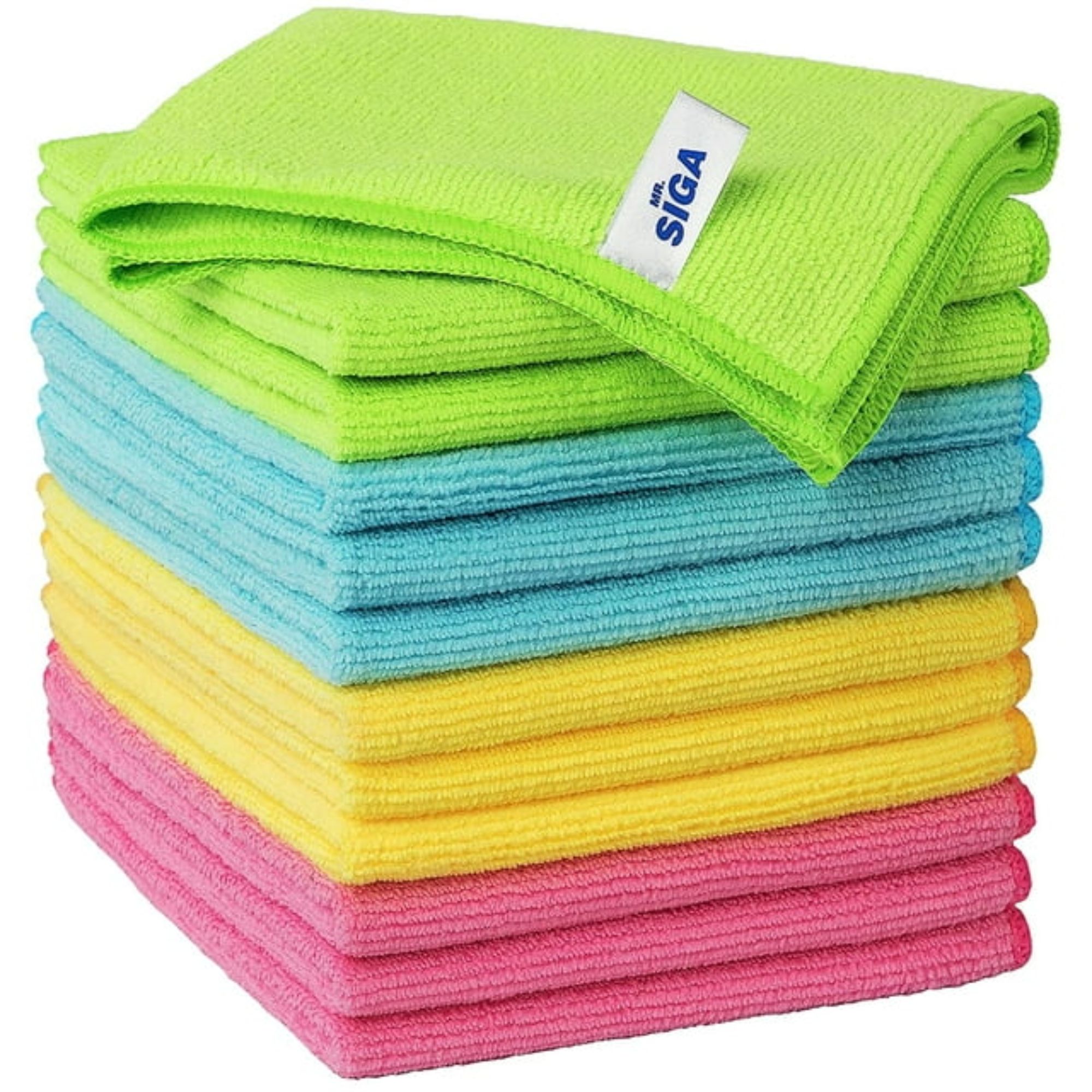
These microfiber cloths are a great option for cleaning concrete statues as, provided you know how to wash a microfiber cloth properly, you can just pop them in your machine and they're ready for indoor use again.
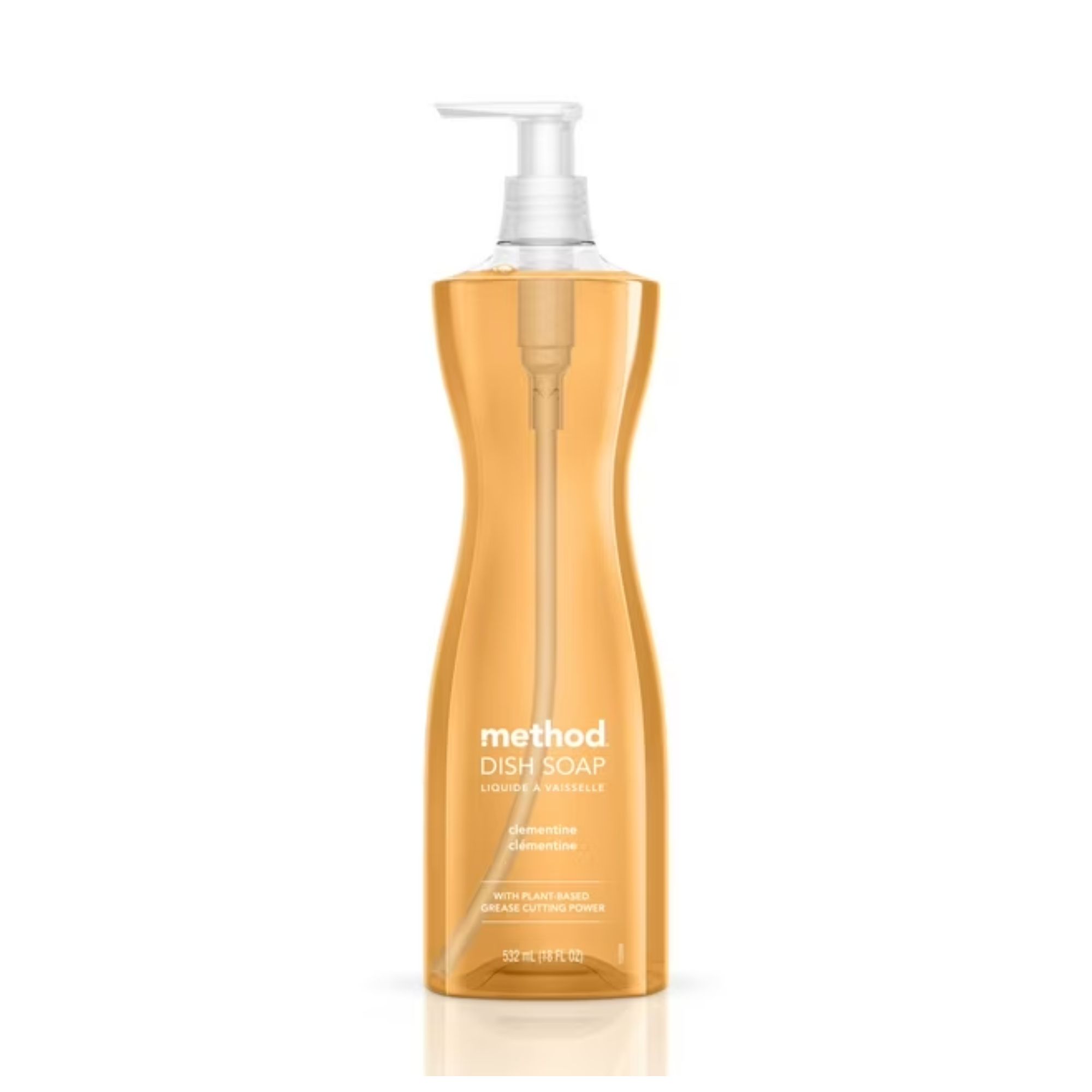
This gentle dish soap harnesses plant-based cleaning power and has a biodegradable formula so you don't have to worry about rinsing it off in your yard. It's also cruelty-free.
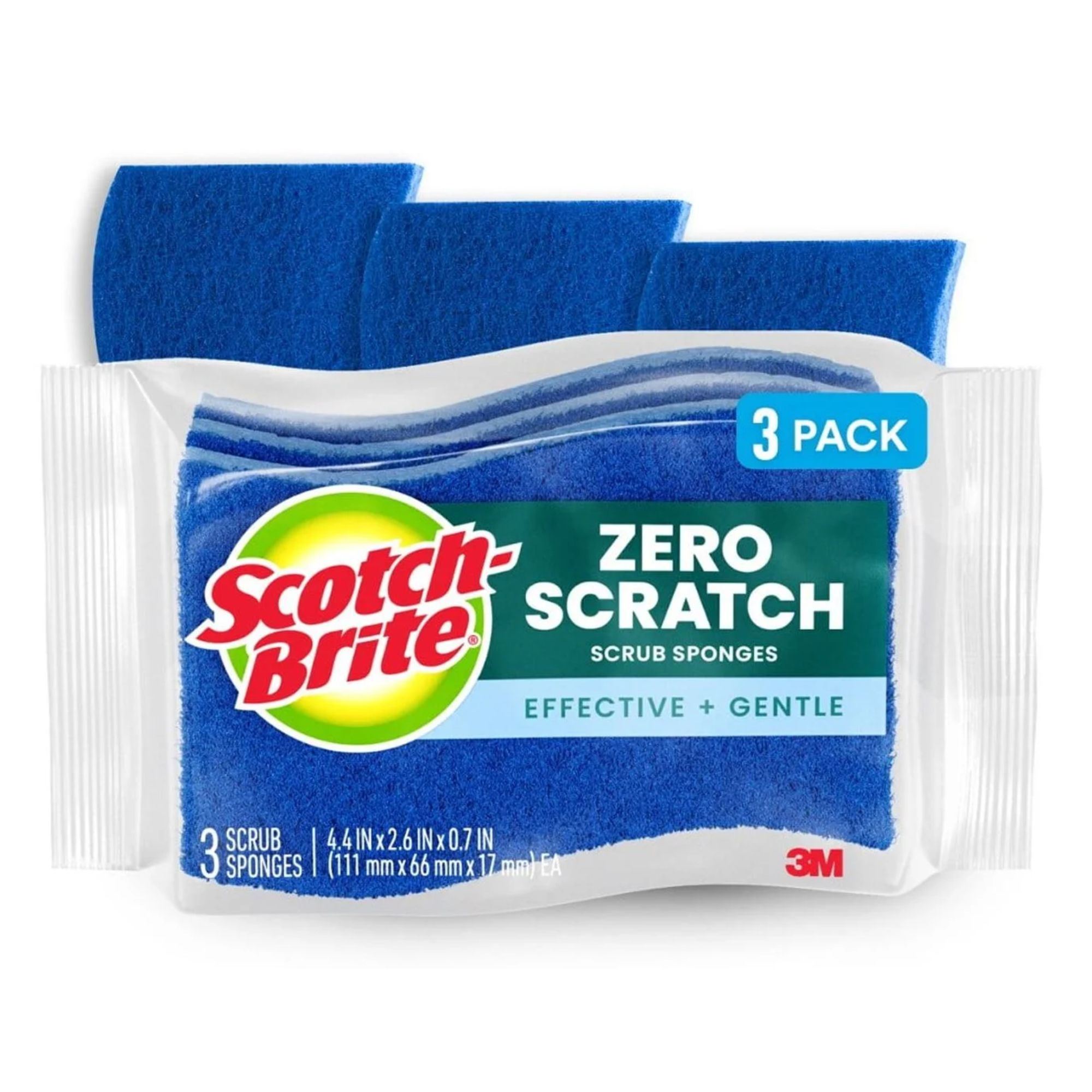
These gentle yet effective sponges are flexible, durable and strong, and are safe to use on most surfaces.
Step 3: Remove algae or mildew

Algae and moss can easily build up on outdoor areas, including concrete statues.
Sometimes, overly clean statues can actually be one of the things that make a yard look cheap, and a bit of moss and algae can add character and life to them. But, as cleaning expert Karina says, after a lengthy period of cold, wet weather, it might be necessary to remove mold and mildew as the weather brightens up.
She advises, 'If there's green or black buildup, spray a mix of equal parts white vinegar and water, let it sit for 10-15 minutes, then scrub and rinse.'
Karina adds that here you can also clean with hydrogen peroxide or clean with oxygen bleach on particularly tough spots without damaging the concrete, but that it's definitely not recommended to use chlorine bleach in this instance.
Always test cleaning solutions on an inconspicuous area before getting started.
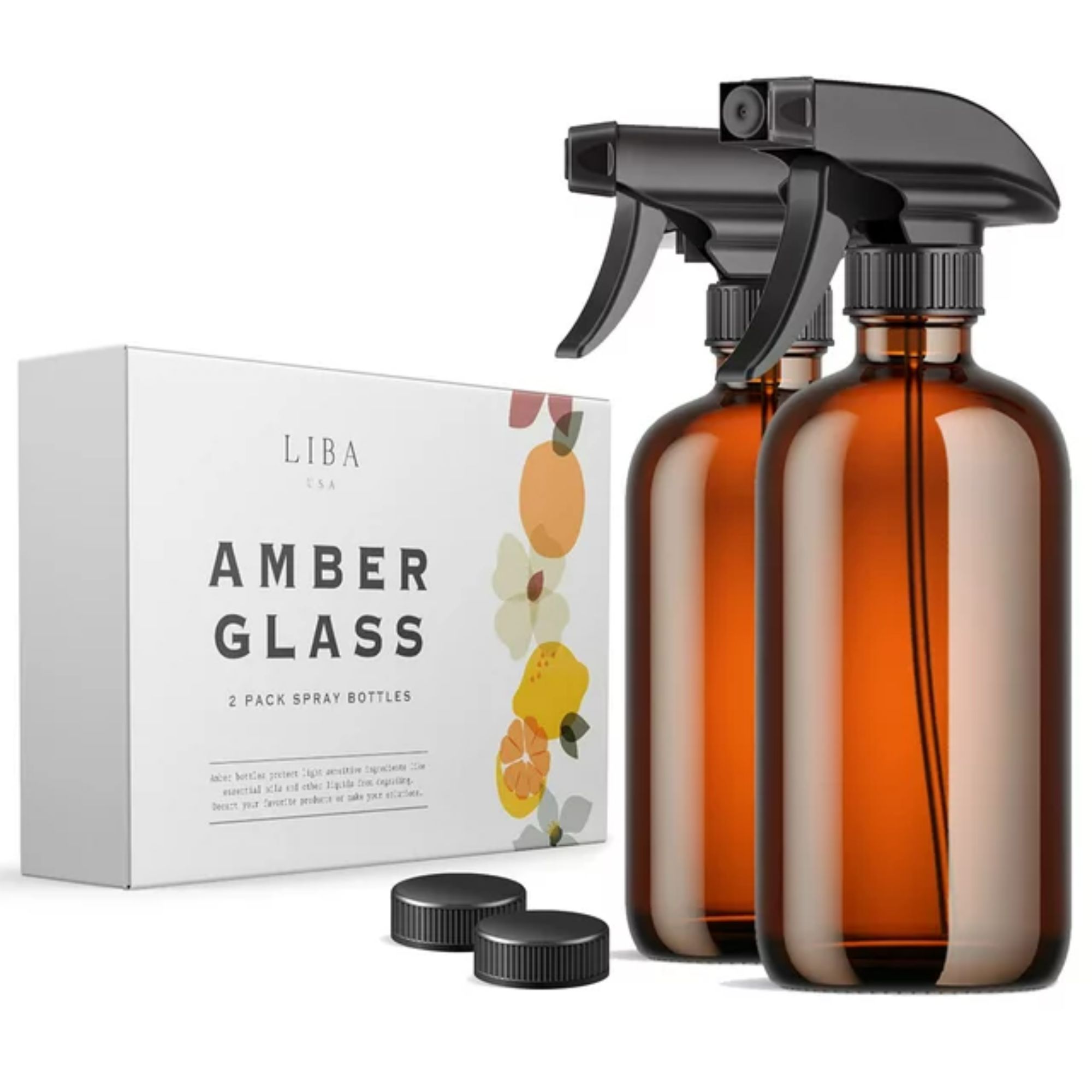
These gorgeous glass spray bottles are perfect for mixing up homemade cleaning solutions, with UV protection to prevent ingredients from degrading.
Step 4: Rinse well and leave to air-dry
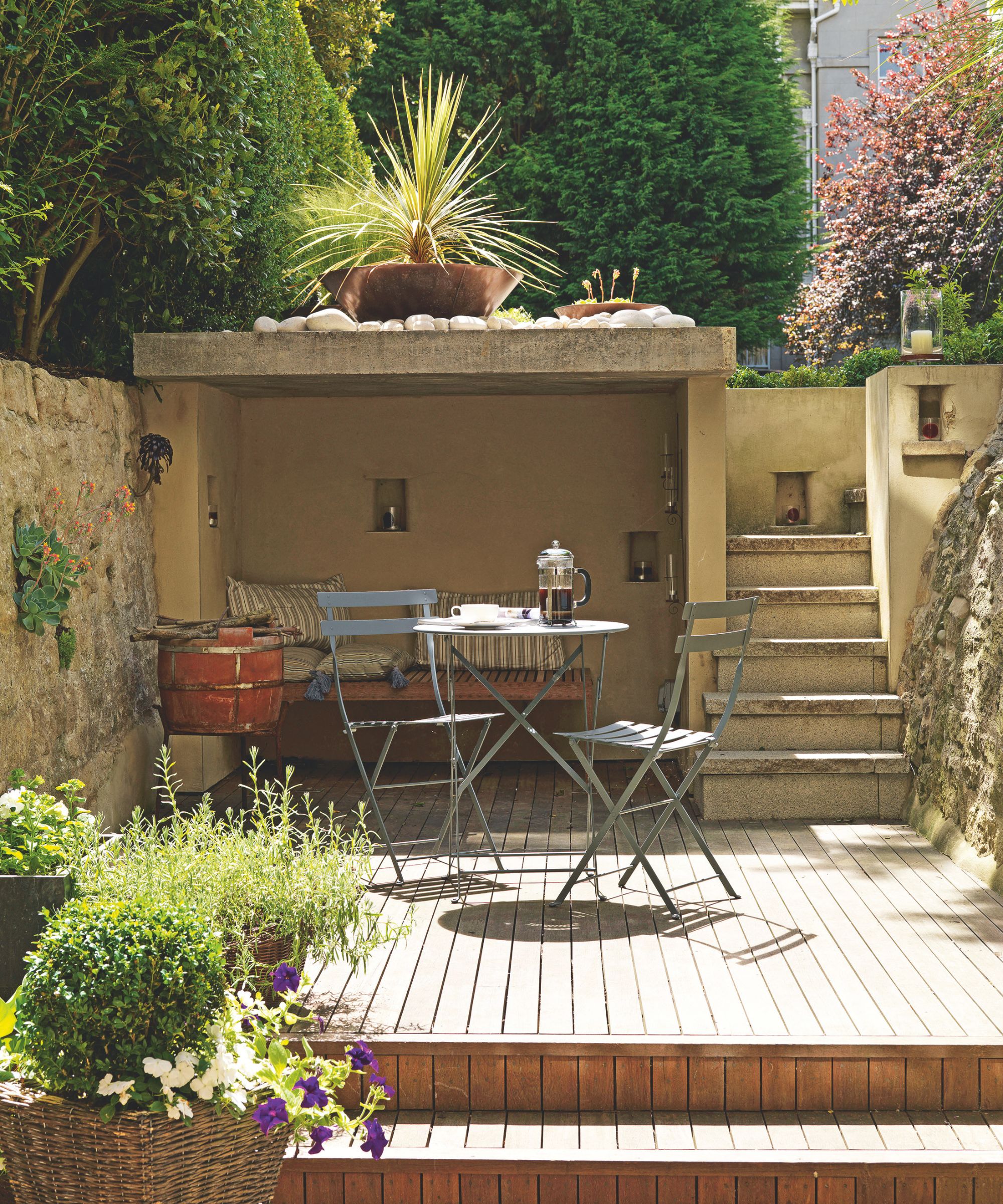
Pick a sunny, clear day to clean your concrete statues and let the sun dry things off for you with ease. It's a good time to task stack and clean the deck, too.
Once you're happy with the look of your concrete statue, rinse it thoroughly to avoid any soap buildup.
Karina recommends, 'Use a garden hose on low pressure, as pressure washers can wear down the surface over time.' The GVDV Metal Garden Hose available at Walmart is a great option for this, as it features an adjustable spray nozzle.
Then, after your backyard cleaning, allow your statue to air-dry. 'This is key, especially if you're sealing it afterward,' says Karina. 'Moisture trapped in concrete can lead to cracks or mildew.'
Spring is the ideal time to get this job done, as the weather tends to be warmer, with sunny days becoming more frequent. 'Doing this in the morning would be perfect so that the mid-day sun can completely dry your statue,' adds gardening expert Tammy.
Step 5: Apply a sealant
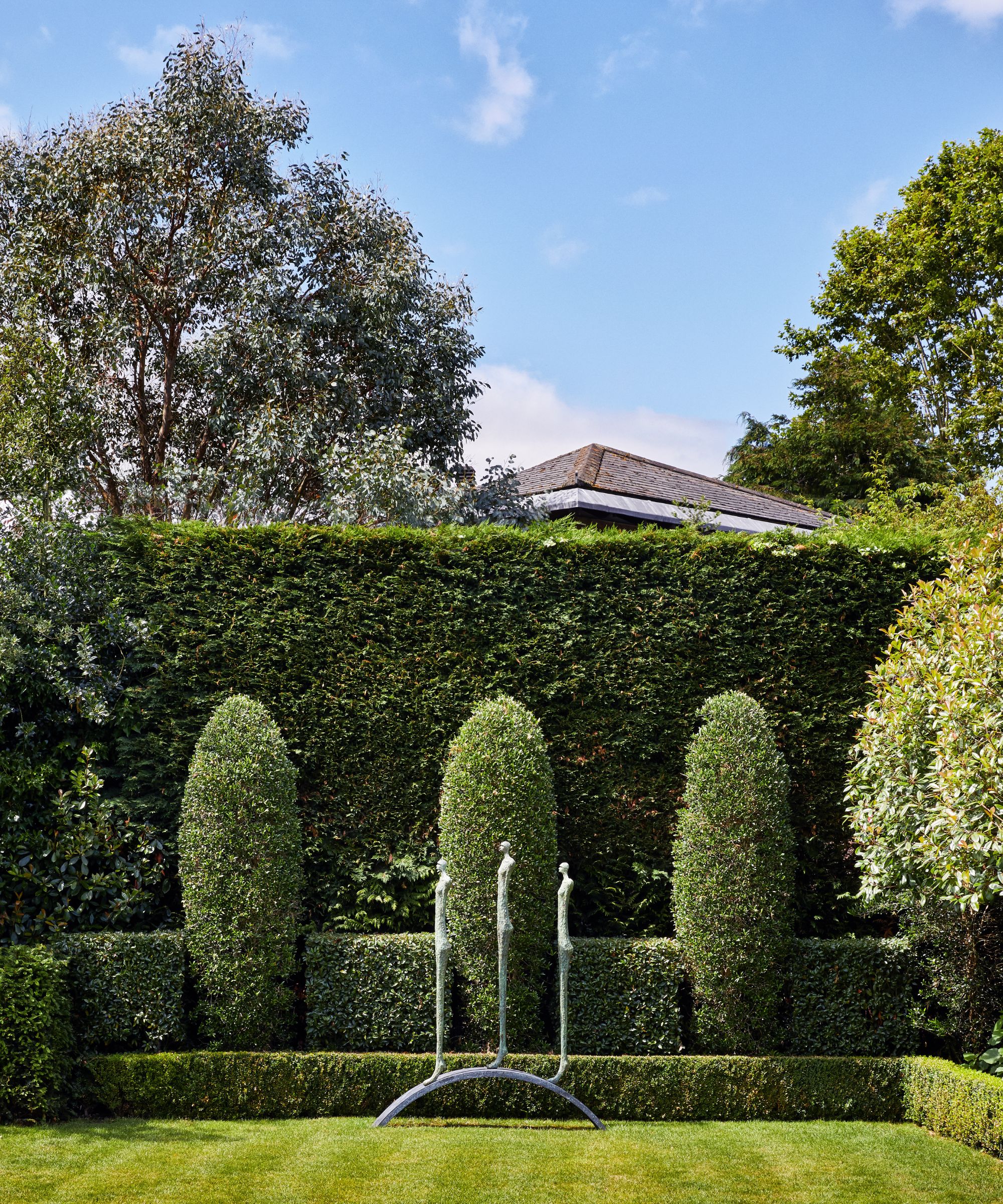
Using a sealant on concrete statues has the same positive impact as re-sealing your drive: it increases its natural lifespan and keeps it looking well maintained.
This is an optional step, but one that Karina suggests to protect your statue throughout the warmer months of spring and summer.
'While I'm an expert in cleaning, I'm not in sealing,' she admits. 'So, I checked in with some folks who are. A breathable, penetrating concrete sealer like Armor SX5000 Natural-Look Penetrating Water-Based Concrete Sealer for Concrete available at Amazon is a good option if the statue is exposed to a lot of moisture.
'It helps to repel water without trapping it inside, which can cause damage over time.'
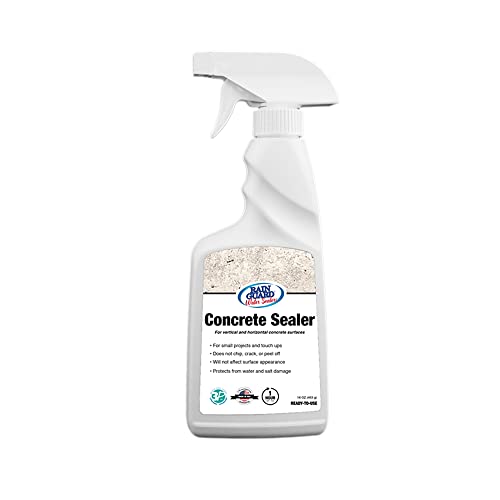
This concrete sealant spray provides long-lasting protection against weathering, dirt, low temperatures, rain, and other damaging elements, while preventing corrosion and preserving the natural look of concrete.
Meet our experts

As operations manager at Spekless, Karina oversees commercial and residential cleaning, both inside and outdoors.
Tammy is a plant expert, having studied horticulture at TSU, and the founder and CEO of TN Nursery, which has been active in the nursery industry for over 60 years and 3 generations.
FAQs
How often should you clean concrete statues?
Gardening expert Tammy advises, 'Concrete statues should be cleaned at least once or twice a year, but potentially more depending on their exposure to harsh weather.'
Light cleaning every two to three months can help to prevent significant buildup, and sealing should be undertaken once a year if your statue is located in a high-exposure area.
Spring is also the ideal time to clean your patio, taking into account the things people with clean patios always do.
Sign up to the Homes & Gardens newsletter
Design expertise in your inbox – from inspiring decorating ideas and beautiful celebrity homes to practical gardening advice and shopping round-ups.

Ottilie joined Homes & Gardens last year, after finishing a Master's in Magazine Journalism at City, University of London. With previous contributions in Livingetc and Motorsport Magazine, she produces content for the Solved section on the website, focusing on clever tips and tricks to keep your home beautiful, organized and clean. She also has an undergraduate degree in English Literature and History of Art from the University of Edinburgh, where she developed a love for inspiring interiors and architecture.
You must confirm your public display name before commenting
Please logout and then login again, you will then be prompted to enter your display name.
-
 Martha Stewart's intelligent cabinets 'take every inch into consideration' – their 'visually light' style will solve your small kitchen storage problems
Martha Stewart's intelligent cabinets 'take every inch into consideration' – their 'visually light' style will solve your small kitchen storage problems'Every kitchen can be beautiful and functional, no matter what the size': 9 years since sharing her clever storage, Martha's cabinets are just as beautiful
By Megan Slack Published
-
 This once-dated kitchen is now a timeless space with the coziest details – and its the classic color palette that's made it a chic, welcoming space
This once-dated kitchen is now a timeless space with the coziest details – and its the classic color palette that's made it a chic, welcoming spaceWarming colors and natural materials combine to create this enduringly classic kitchen scheme
By Molly Malsom Published
-
 I've spent over 200 hours testing vacuums and swear by my two Dysons – this is how I properly clean a Dyson vacuum filter for longer-lasting appliances
I've spent over 200 hours testing vacuums and swear by my two Dysons – this is how I properly clean a Dyson vacuum filter for longer-lasting appliancesYour Dyson vacuum will last much longer and clean at its best
By Dan Fauzi Published
-
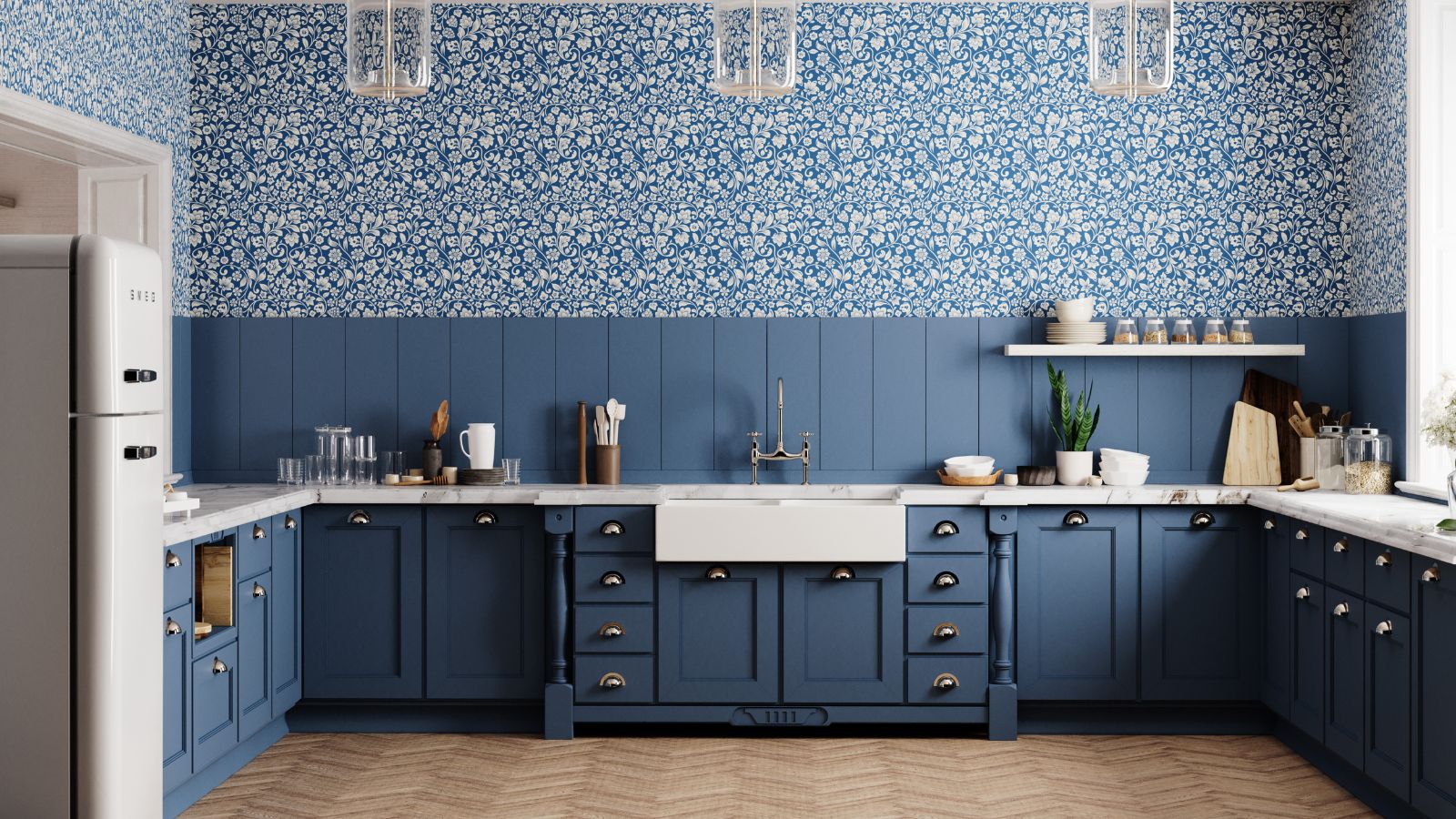 Do cleaning products expire? Professional cleaners warn time could make them ‘less effective, and in some cases, irritating to use’
Do cleaning products expire? Professional cleaners warn time could make them ‘less effective, and in some cases, irritating to use’For the best results, it pays to stay on top of the timeline of your cleaning products
By Chiana Dickson Published
-
 How to clean a patio – 6 different methods, and when you must use a chemical cleaning agent
How to clean a patio – 6 different methods, and when you must use a chemical cleaning agentFrom manual scrubbing, natural solutions or calling in the pros, industry experts reveal the benefits and considerations of each method
By Andy van Terheyden Published
-
 5 surprising but brilliant ways to clean with old socks – from perfectly buffing stainless steel to deterring pests naturally and more
5 surprising but brilliant ways to clean with old socks – from perfectly buffing stainless steel to deterring pests naturally and moreTackle dust in tricky corners, clean your mirrors and even banish bad odors with those rogue single socks
By Andy van Terheyden Published
-
 5 things people with clean upholstery always do – simple, quick and oh-so-effective
5 things people with clean upholstery always do – simple, quick and oh-so-effectiveEnsure your furnishing looks clean year-round with these expert tips
By Seraphina Di Mizzurati Published
-
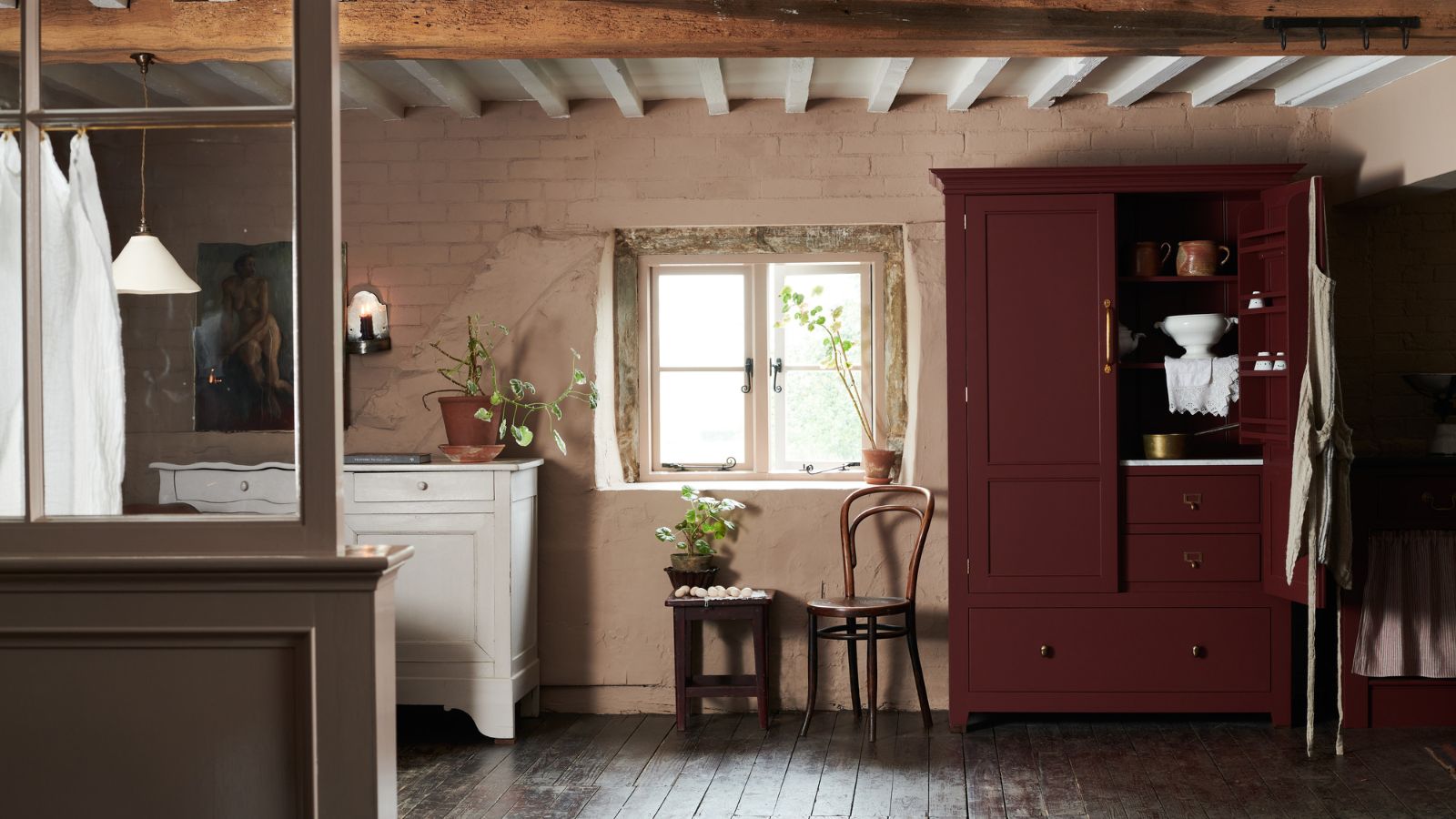 'Wick away the ick' – 6 things people with clean laundry rooms always do to make this hardworking space shine
'Wick away the ick' – 6 things people with clean laundry rooms always do to make this hardworking space shineThese tips on how to clean your laundry room will banish grime
By Seraphina Di Mizzurati Published
-
 How safe are carpet deodorizers? As a seasoned vacuum tester, I urge you to try alternative methods
How safe are carpet deodorizers? As a seasoned vacuum tester, I urge you to try alternative methodsNatural cleaning is always the answer
By Dan Fauzi Published
-
 'The world will not end' – 5 cleaning habits to quit for a happier, easier life, and what to do instead
'The world will not end' – 5 cleaning habits to quit for a happier, easier life, and what to do insteadGet your home sparkling, minus the stress
By Ciéra Cree Published